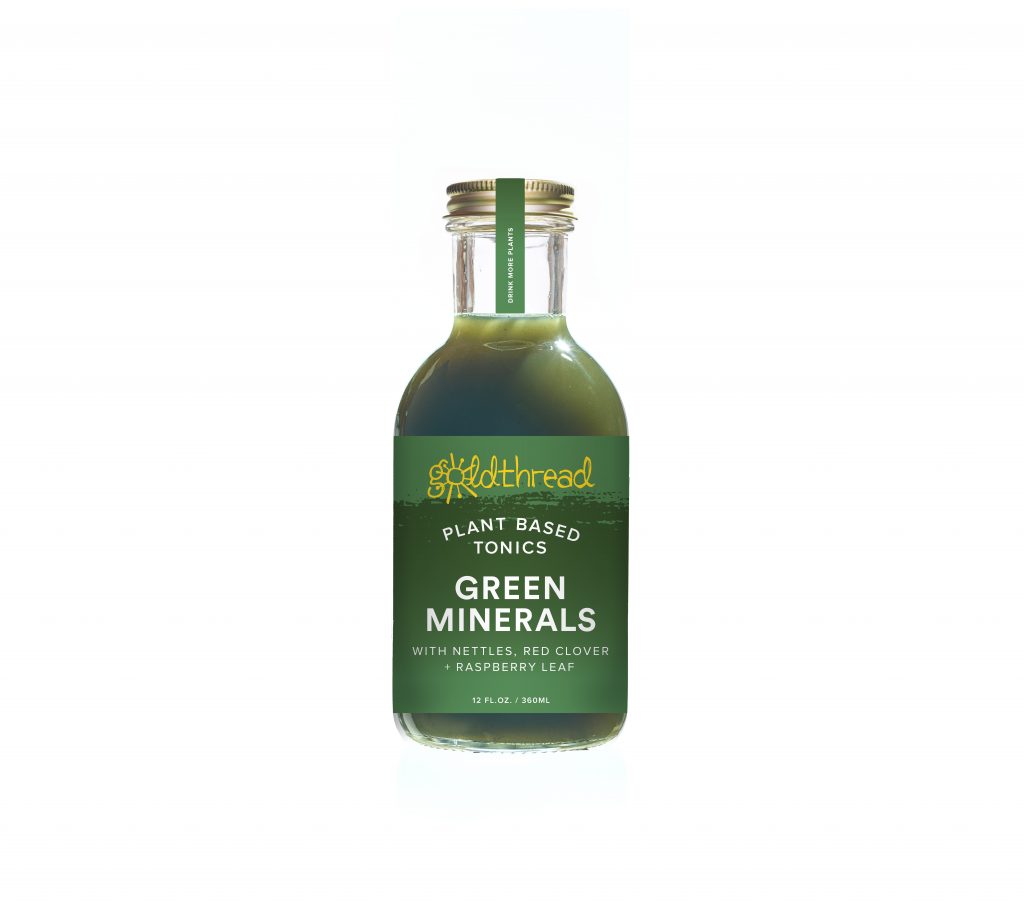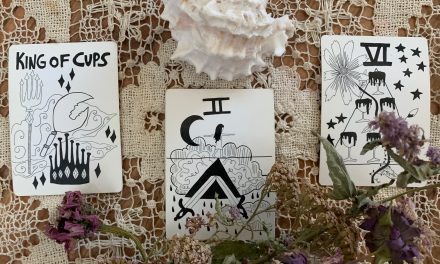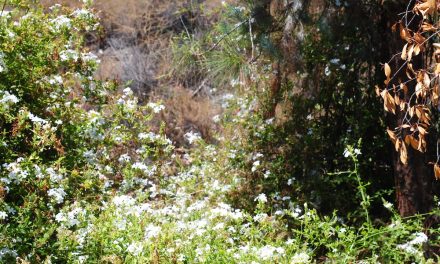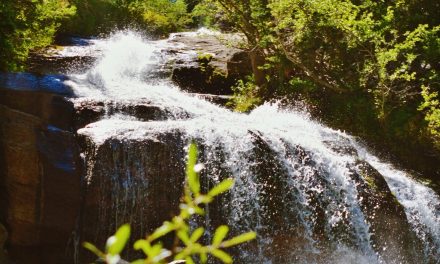Herban Love with Goldthread Herbs | Nettle Leaf
Download Nettle Leaf Herban Love article
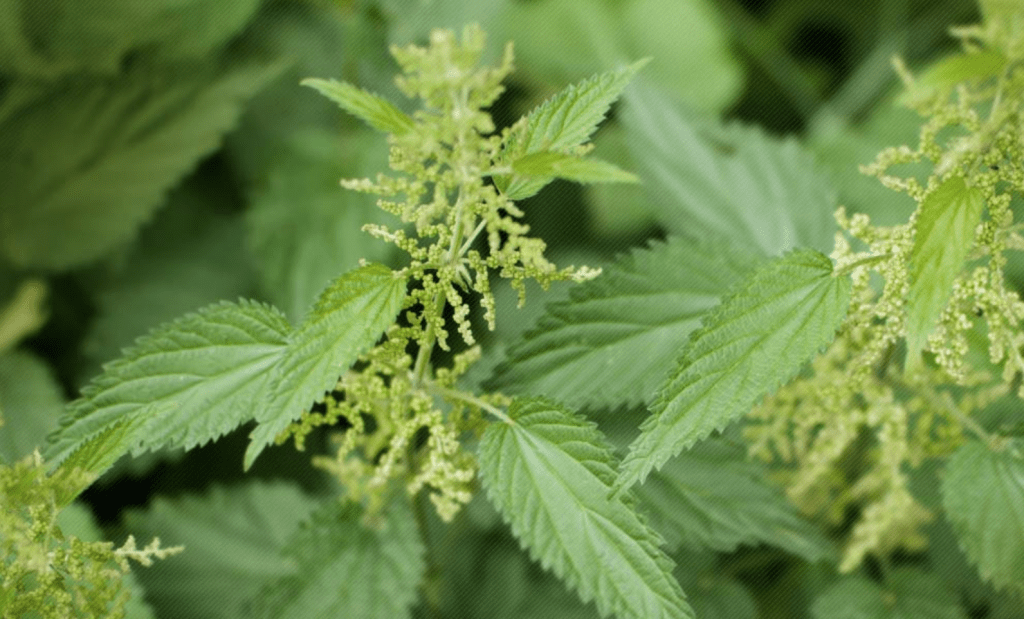

Nettle Leaf (Urtica dioica)
Family: Urticaceae
Taste: Salty, sweet, bland, slightly astringent
Temperature: Neutral to cool
Moisture: Drying
Herbal Actions: Diuretic, Astringent, Alterative, Anti-rheumatic, Nutritive, Hemostatic
General Information & Effects:
Often thought of as a common weed, Nettles has a wide range of therapeutic usages more often ascribed to less common and less humble herbs. Nettle’s common name is thought to derive from the “needles” that cover its leaves like tiny hairs. Nettles contain small vials of formic acid that sting when contacted with unprotected skin. This often results in a slight to moderate irritating rash on the skin. One person’s poison is another’s medicine, and Nettles have a long history of usage as a
counter-irritant for rheumatic and painful complaints. It was a commonly prescribed folk practice to use a bundle of fresh Nettles as a whip to stimulate circulation and over-saturate nerve fibers thus diminishing pain sensations.
Nettles are also a very good example of an herb that bridges the gap between medicine and food. Its sweet-salty taste combination implies tonic applications, and it is indeed one of our most important nutritive remedies. Its sweetness is mainly due to an unusually high protein and chlorophyll content, and its slightly salty taste reflects an abundance of trace elements and minerals essential for optimum physiologic functioning. It is commonly eaten as a nutritious spring green and is often cooked into soups and stews. Being a “wild” plant, Nettles concentrates the nutritive elements in nature more powerfully than its domesticated cousins. It is often given to enhance the nutritional makeup of the blood in a syndrome called “blood deficiency” in TCM. This condition has some overlaps with the Western diagnosis of anemia but refers more to a humoral classification that has to do with overall nutrient levels circulating in the bloodstream on their way to nourish the cells and not just iron levels alone. Nettles is a very rich source of easily assimilable calcium, magnesium, iron, potassium, zinc, vitamin Bs, protein, and vitamins C, D, and K. It can be taken as an overnight infusion for an extended period in order to replenish nutrient reserves. Its high calcium levels are very good for nourishing bone and hair tissue and due to its exceptional assimilation, it can be utilized as a traditional mineral supplement.
Nettle can also be classified as a diuretic alternative that promotes detoxification in conditions of a metabolic overload of waste material. It has a special affinity for toxic conditions characterized by an excess of uric acid. Nettles manifest full spectrum detoxification in two major ways – first through its diuretic action, and second by its astringent nature. It is a persistent and reliable diuretic and removes the pathogenic humor known as “Dampness” in Tradition Chinese Medicine or, TCM. This presents as an unnatural accumulation of fluid anywhere in the body, such as in the joints, nasal passages, skin, uterus, and prostate tissue. Removal of this waste material through the genito-urinary system relieves the body of a significant burden so that it may return to homeostasis. Nettles’ moderately astringent nature seals the deal by returning the proper tone to boggy, damp tissues. This modification allows them to process fluids more efficiently thus addressing the root of the problem. Due to its overall cooling properties, Nettles is very applicable to problems that have an inflammatory component associated with them such as gout, arthritis, chronic eczema, ascites, and allergic rhinitis. Often these conditions are characterized by their tendency to move around the body from location to location, a syndrome known as wind in TCM. The wind carries the dampness from joint to joint or from one patch of skin to another, and often there is an allergic component to these issues. Nettles could be said to be of specific benefit in conditions of “wind-dampness”.
Nettles also have a powerfully normalizing effect upon the blood when it comes to excessive or inappropriate bleeding conditions. In TCM this is known as “cooling the blood to stop bleeding”. Here again, Nettles’ cooling astringency comes to the fore to help alleviate excessive menstrual bleeding or mid-cycle spotting, nosebleeds, coughing of blood, or blood in the urine or stool. It can be applied externally as a paste or powder in external bleeding conditions, or just to cool the heat and irritation that accompanies insect bites and various scrapes. What sets Nettles apart from other hemostatic herbs in this class, is its unique ability to nutrify the blood while at the same time stopping the bleeding. This both eliminates the leaking vitality and promotes its regeneration. Just as an aside, it is common practice in TCM to char herbs to strengthen their capacity to arrest bleeding conditions. I have never encountered this practice with reference to Nettles, but I suspect it would work quite well as a charred preparation.
The final application that deserves to be mentioned is Nettles’ ability to effectively treat deposits, stones, and swellings. In TCM, the salty taste is often called upon to “soften hardness” and “dissolve phlegm”. Nettles can be of service in conditions such as scrofula, urinary stones, swollen hard lymph nodes, and uric acid deposits. This application can be thought of as analogous to how a TCM practitioner might use Kelp for example. Again, one of the signature strengths of this herb is its simultaneous nutritive and detoxifying nature, both removing waste material and strengthening the underlying state that healthy tissue depends upon.
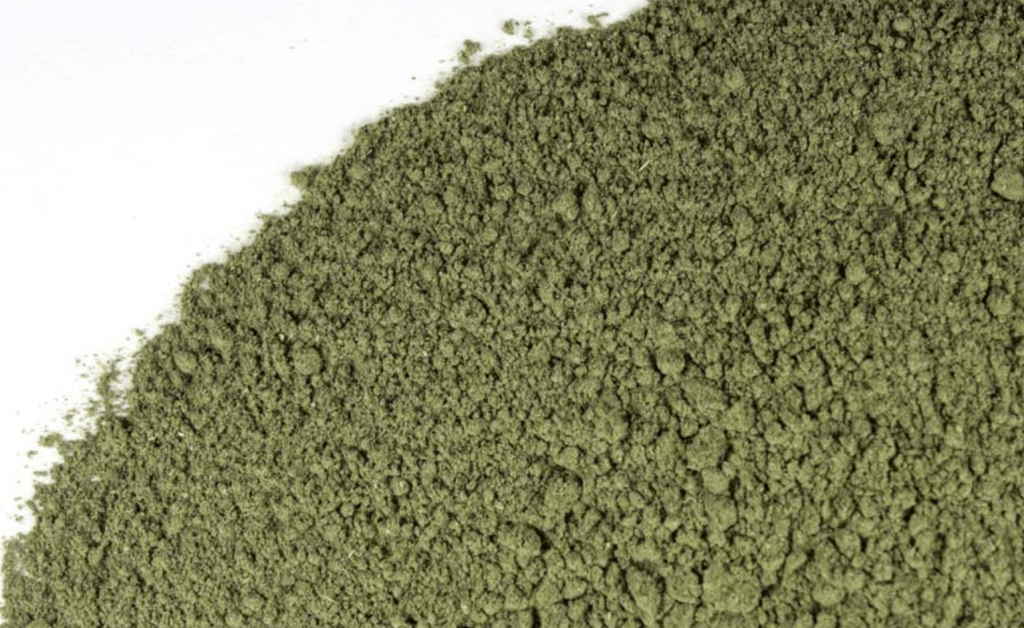
Parts used:
Leaves, good quality are dark green in color. The seeds and root can also be used but should be discussed separately for the sake of completeness.
Preparation & dosage:
- Nettles can be prepared as an overnight infusion at a dose of 10-20g per quart steeped for 12 hours or more.
- Normal infusion, same dosage steeped for a shorter time. This will extract many of the important qualities but less minerals will come out in solution.
- Freshly expressed juice is probably the most potent preparation. This can be expressed in a juicer.
- Freeze dried capsules are used for their effectiveness in allergic conditions.
- Tincture 4-6 ml per dose
- Hair rinse for thickening and softening hair is another common folk remedy.
- Powdered extract 3-6g per dose
Combinations:
w/ Eyebright and Goldenrod for swollen boggy sinus conditions
w/ Marshmallow, Hydrangea, and Uva ursi for urinary irritation and pain
w/ Gotu Kola and Red Clover for hot, irritated skin conditions
w/ Celery seed, Guaiacum and Turmeric for arthritic complaints
w/ Rasberry leaf and Oat straw for nutrification in pregnancy
Botany:
Nettle is an erect perennial herb growing to five feet or so. It has creeping roots, square stems, and lance-shaped leaves with serrated edges and clusters of small green flowers. All parts of the plant contain small stinging hairs. It is native to Eurasia and commonly seen along the edges of woodlands, fields and neglected areas. It has naturalized throughout all temperate regions in the world.
Propagation:
Nettles can be propagated quite easily from seed or root divisions. Once planted it grows quickly through root runners and establishes itself.
Planting & cultivation:
Nettles grow very well and easily in damp nitrogen-rich soil in the full sun or partial shade. On our property, we have a very healthy patch growing in a low area below what was once the runoff area of a pig trough. The soil here is saturated with perhaps 100 years of nitrogenous waste and the nettles love it.
Harvesting & processing:
Nettles can be cut when it is about waist high in the early summer before flowering takes place. It will quickly re-grow and one can commonly harvest three or four times in one season. Nettles dry quickly and efficiently, especially when hung upside down in bundles tied with twine. It loses its sting upon drying but one must be careful or wear gloves when harvesting it.
Cautions & contraindications:
Nettles are very safe and have no safety issues associated with them. It can, however, contribute to imbalance if applied too much and too often in very dry, Yin deficient presentations. This is rare however and even Vata constitutional types can get away with taking Nettles, although in this case combining with a moistening agent may be the best choice.
Introduce the power of Nettle Leaf to your body with Goldthread Herbs and their Green Minerals tonic.
